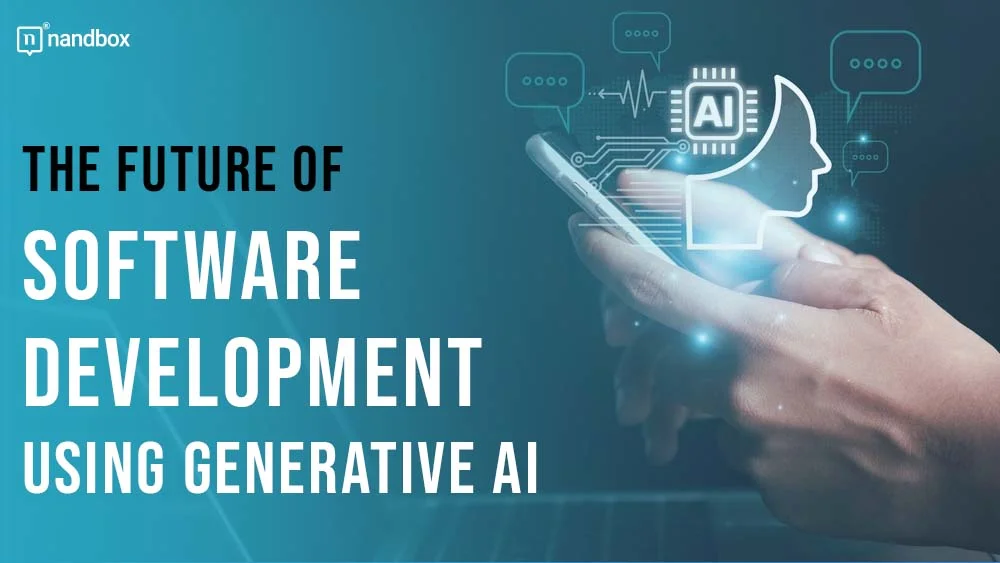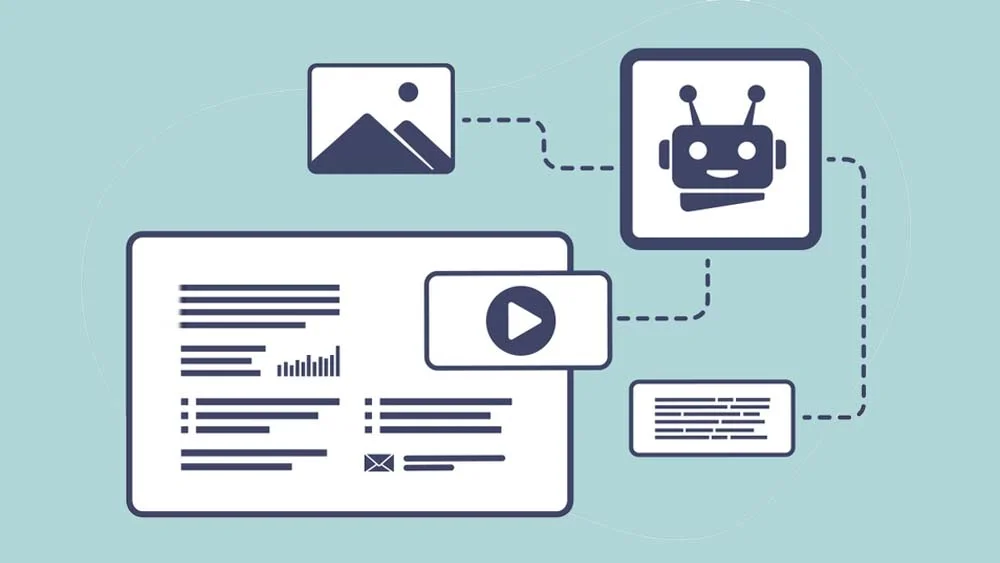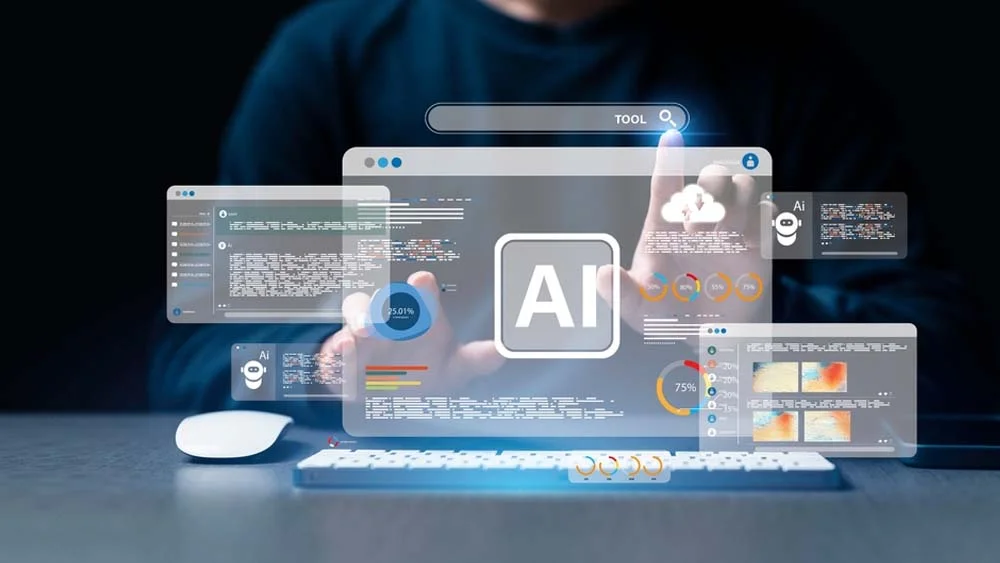The surge in popularity of Generative Artificial Intelligence in recent years has marked a significant shift in the software development landscape. As Generative AI begins to take center stage, developers find themselves stepping into a new era. That is filled with opportunities to explore and leverage the power of AI in software development.
What is Generative AI?
Generative Artificial Intelligence represents a subset of AI technology focused on creating new content, data, or outputs based on patterns and examples it has learned from. Unlike traditional AI, which typically analyzes existing data or performs specific tasks, generative AI algorithms have the capability to generate novel outputs. Ranging from text and images to code snippets. These algorithms often utilize deep learning techniques, such as neural networks, to understand and replicate complex patterns. That allows them to produce realistic and contextually relevant outputs.
Should Developers Be Concerned?
As with any technological advancement, there are concerns, particularly among developers, who fear the possibility of job displacement. It’s understandable – after all, if machines can write code and test software, what role is left for human developers?
The reality, though, is far from bleak. While Generative AI is indeed changing the game, it’s not here to replace developers – it’s here to empower them. By automating repetitive tasks, AI frees up developers’ time to focus on higher-level problem-solving and innovation. Instead of spending hours writing boilerplate code; developers can now dedicate their energy to tackling complex challenges and pushing the boundaries of what’s possible in software development.
How Generative AI is Assisting Developers Today:
Generative AI is already making waves in software development. It is significantly impacting developers’ workflows by automating repetitive tasks, accelerating development processes, and fostering creativity.
Traditionally, writing code and testing software have been laborious and daunting processes. With Generative AI, these tasks are becoming more streamlined and efficient. Instead of manually writing every line, developers can now rely on AI to assist with the heavy lifting, generating new solutions based on simple instructions or even plain English. This transformation is further supported by machine learning consulting services, which provide expertise and guidance to integrate AI tools effectively into the development workflow.
For instance, developers are using tools like OpenAI’s GPT-3. By providing natural language instructions or descriptions of desired functionality, GPT-3 can generate code snippets tailored to specific tasks or requirements, streamlining the development process and reducing the time spent on coding tasks. Similarly, AI-powered testing tools like Diffblue’s Cover and Mabl are automating software testing processes by generating test cases, identifying bugs, and validating code changes. This results in faster development and fewer bugs – a win-win for all involved.
Generative AI is also revolutionizing creative processes in software development, particularly in areas like natural language processing and image generation.
For example, OpenAI’s DALL-E is capable of generating unique and contextually relevant images from textual descriptions. That enables developers to create visually appealing assets for websites, applications, and marketing materials. Additionally, AI-powered chatbots like Dialogflow and Microsoft’s LUIS (Language Understanding Intelligent Service) are utilizing generative AI to generate human-like responses to user queries, enhancing user interactions and providing personalized experiences.
What the Future of Software Development Looks Like:
Looking ahead, the future of Generative AI in software development holds exciting possibilities that are expected to redefine how developers work and the products they create.
One significant aspect is the potential for generative AI to automate the generation of entire software systems or components. As AI algorithms become more advanced and capable of understanding complex requirements, developers may no longer need to manually design and code software architectures. Instead, they could provide high-level specifications or objectives to Generative AI systems. That will generate optimized software solutions tailored to meet those requirements.
Generative AI is set to revolutionize software development by enabling the creation of more intelligent and adaptive systems. Developers can integrate AI algorithms into applications, allowing systems to learn and evolve based on user feedback, environmental changes, and new requirements. For instance, AI-powered recommendation systems can adapt recommendations to user behaviors and preferences, while autonomous vehicles can improve navigation and decision-making from real-world experiences. These advancements promise to transform industries like healthcare, finance, transportation, and entertainment, enhancing efficiency, personalization, and innovation. Understanding the difference between generative AI vs predictive AI is crucial for effectively applying these technologies in various fields. Generative AI is designed to create new content and solutions, while predictive AI focuses on forecasting outcomes based on existing data, both offering unique advantages in the realm of AI-driven innovations.
Opening Doors for Non-Tech Individuals:
Generative AI is not only transforming the way developers work but also opening doors for individuals. This will be done without extensive technical expertise to participate in creating software applications. As AI-powered development tools become more accessible and user-friendly, non-experts will be able to leverage Generative AI. They will be able to quickly prototype, customize, and deploy software solutions without requiring extensive programming knowledge.
This democratization of software development has the potential to spark a wave of innovation by enabling a broader range of individuals, from entrepreneurs and designers to domain experts and hobbyists. To contribute their ideas and expertise to the development of new software applications that address real-world problems and opportunities.
Rising Demand for AI Skills:
Generative AI is expected to significantly increase the demand for skills in this emerging field. As businesses across industries recognize the potential of AI-driven solutions, there is a growing need for AI developers. Developers with expertise in training and deploying AI models, understanding neural networks, and leveraging Generative AI for software development will find themselves in high demand.
Platforms like SkillReactor are positioned to play a pivotal role in preparing developers for this shift. As an online project-based learning platform for coders, SkillReactor offers end-to-end Generative AI projects. Developers can learn and upskill by gaining hands-on experience with technologies such as OpenAI, Anthropic, and Langchain as they build projects. That enables them to acquire the skills needed to navigate the evolving demands of the industry confidently.
Conclusion
As we venture into the future of software development, Generative AI stands poised to revolutionize the way we build and deploy software solutions. While it may seem daunting at first, let’s embrace the future instead of fearing it. With AI by our side, the possibilities for growth are endless. This is an era of innovation and adaptation, where developers can leverage the power of Generative AI software development to push the boundaries of what’s possible. So let’s gear up. The future is here, and it’s looking exciting.





